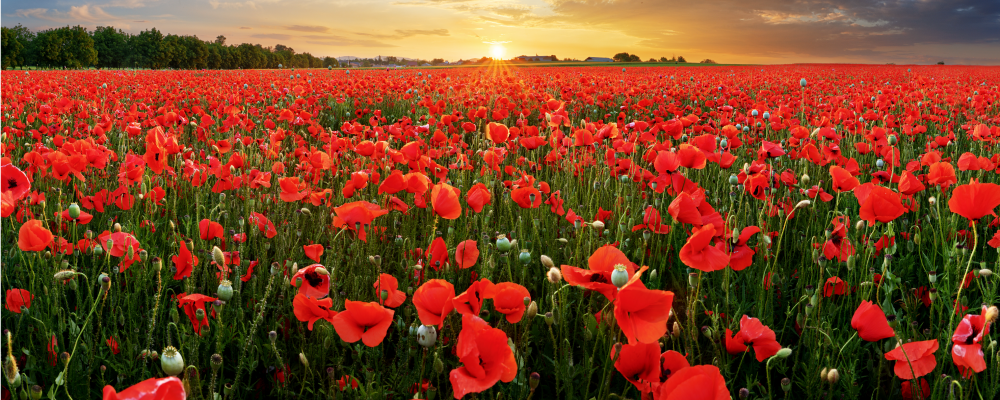As we approach Remembrance Sunday and Armistice Day, it is important to reflect on the historical significance of kilts in honoring and remembering those who have served in the military. Kilts have long been a symbol of Scottish heritage and military tradition, making them a powerful and poignant garment for such solemn occasions.
Why are kilts worn on Remembrance Sunday and Armistice Day?
Kilts are often worn on Remembrance Sunday and Armistice Day as a way to pay tribute to the Scottish soldiers who have fought and sacrificed their lives in conflicts throughout history. The distinctive tartan patterns and traditional design of kilts serve as a visual reminder of the bravery and dedication of those who have served in the military.
How do kilts contribute to the atmosphere of remembrance?
The wearing of kilts on these important days adds a sense of solemnity and respect to remembrance ceremonies. The sight of individuals in kilts, often accompanied by military regalia and symbols, creates a powerful and moving tribute to the sacrifices made by service members past and present.
What is the historical significance of kilts in military tradition?
Kilts have a long history in Scottish military tradition, dating back to the 16th century. They were originally worn as part of the Highland regiments and became a symbol of Scottish identity and pride on the battlefield. Today, kilts continue to be worn in military ceremonies and events as a nod to this rich heritage.
On Remembrance Sunday and Armistice Day, the sight of individuals in kilts standing in solidarity to remember and honor the fallen serves as a poignant reminder of the sacrifices made in the name of freedom and peace. The tradition of wearing kilts on these solemn occasions is a powerful way to ensure that the memory of those who have served and sacrificed is never forgotten.

